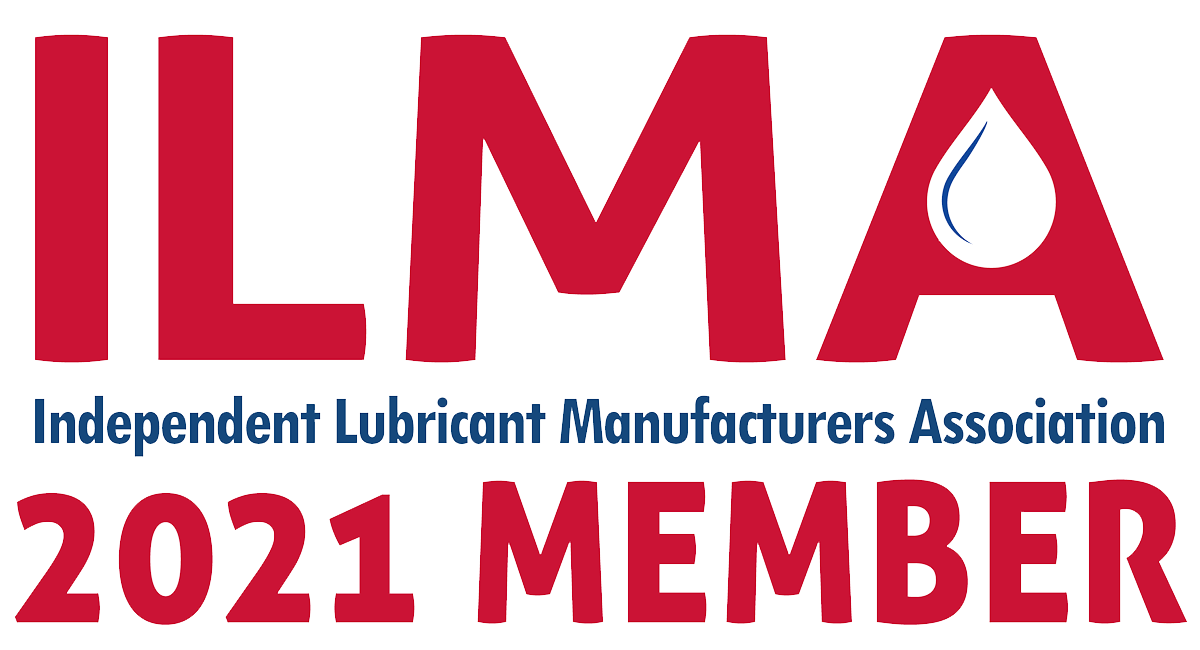 Controlling fleet costs can be difficult for owners, as keeping so many vehicles in top shape can get very expensive, very quickly.
Controlling fleet costs can be difficult for owners, as keeping so many vehicles in top shape can get very expensive, very quickly.
Whether you manage a fleet of passenger vehicles or commercial trucks, breakdowns are inevitable. While it is difficult to plan for worst case scenario situations and once in a lifetime events, preparing for more common issues can go a long way in reducing repair costs.
Common repairs tend to be seasonal: batteries in cold weather and AC repairs in the warm months, for example,” George Survant, Senior Director of Fleet Relations for the NTEA, said. “Tires can be a common problem, off-road driving and exposure to significant road debris are common contributors to tire issues, along with driving on underinflated tires. The last big category can be brakes. An extreme example is waste trucks. With so many short start-and-stop trips, the brake systems have short lives.”
Read More: Autonomous Vehicles Are Coming, but Won’t be Taking Over Anytime Soon
It might be easy to dismiss these common issues as insignificant, but the cost of fixing them can add up. Preventative maintenance is critical in keeping cost down. It is also important to consider long tern costs when designing new vehicles.
“The best way to manage cost for common repairs is through thoughtful truck design and preventive and predictive maintenance,” Survant said. “Changes in routine maintenance performed won’t prevent part failure, but they will reduce fleet operators’ costs in making the replacement. Making systems more robust in the design phase by building strength into the truck components will also reduce repair frequency. For example, specify ‘run-flat’ tires on trucks exposed to high amounts of road debris.”
Improving vehicle support systems can also help reduce the frequency of repairs, leading to reduced costs.
“Another way to reduce repair frequency is to improve support systems and ancillary features,” Survant said. “Engine block heaters and battery plug-in features on trucks reduce the strain on starting systems in extremely cold operating conditions. Beyond the support aids, a robust process of root cause analysis and pattern detection in your maintenance will often identify vehicle sub-systems that need improvement.”
Technology is more prevalent in vehicles than ever and it has led to a substantial increase in repair costs for fleet owners.
“Much of the new technology comes with built-in diagnostics but if built-in sensor features fail, it compounds challenges to effective diagnostic processes,” Survant said. “These new systems also have expensive components to replace upon failure, which drives up repair costs.”
Many of these new systems are so complex that they aren’t properly fixed the first time, leading to increased repair frequency.
“Many of the new generation features are delivered through electronic devices with multiple cards, or electronic components attached to a plug-in substrate, in the system,” Survant said. “Common repair techniques often involve ‘card swapping’ until the problem goes away. The flawed assumption here is that the problem is isolated to one card in the file when it can be a combination of two marginally operating cards in the file interacting with each other. This is compounded when you realize the technician swapping the cards continues the process until the problem goes away, which can result in returning marginally operating cards to the spares supply.”




